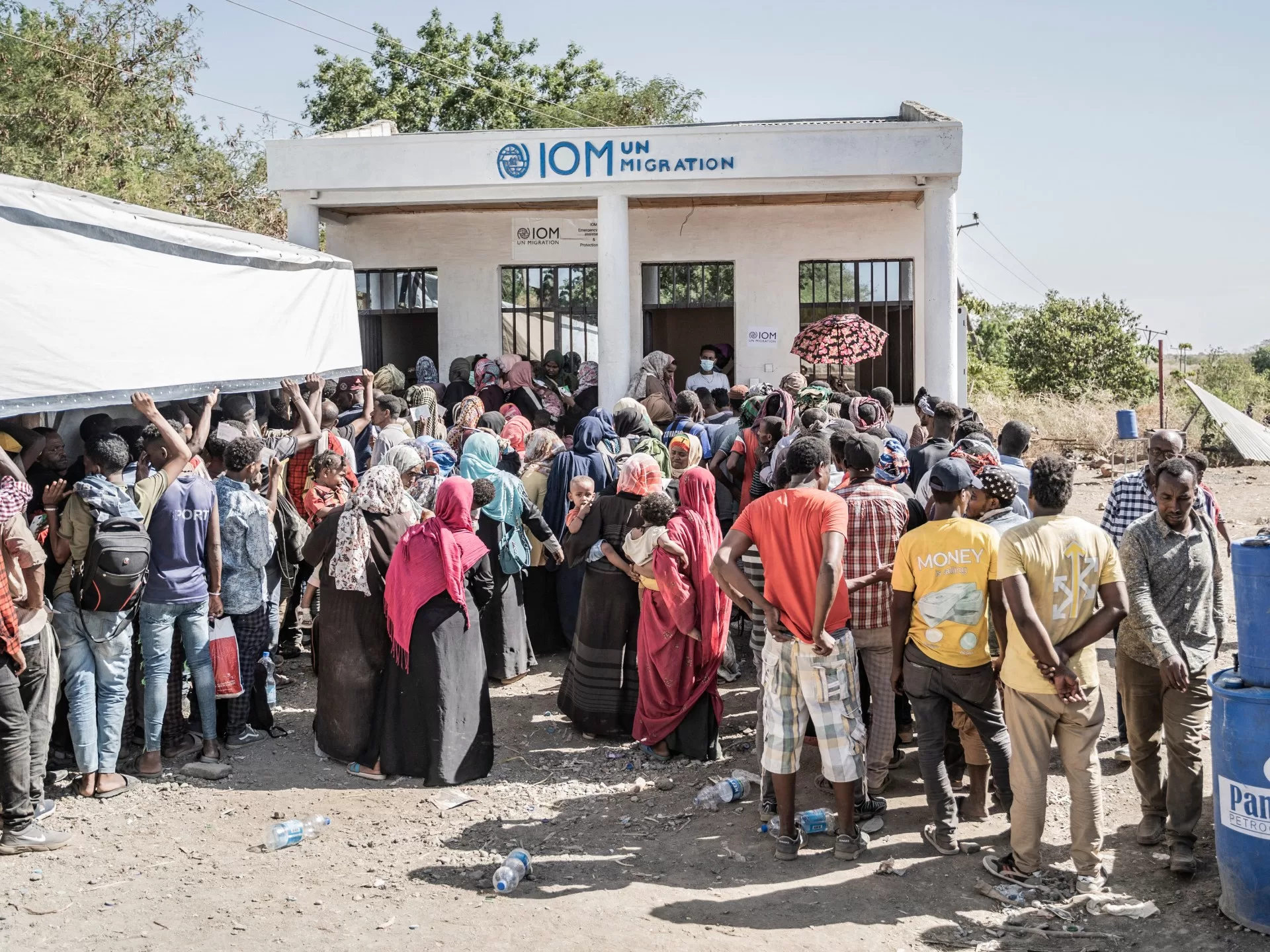The appeal comes as the number of people forced to migrate reached 117 million by the end of 2022, the IOM said.
The UN’s International Organization for Migration (IOM) made its annual appeal Monday, as it seeks to bolster efforts to protect migrants, reduce displacement and expand avenues to migrate legally.
The appeal comes at a time when top donor governments face tight budgets. The IOM says it hopes funding will come from individual and private-sector donors in addition to governments.
The agency’s new director-general, Amy Pope, said the funding will benefit 140 million people – both migrants and the communities that house them.
The appeal comes as the number of people forced to migrate reached 117 million by the end of 2022, the IOM said in a report accompanying the appeal.
“Irregular and forced migration have reached unprecedented levels and the challenges we face are increasingly complex,” Pope said. “The evidence is overwhelming that migration, when well-managed, is a major contributor to global prosperity and progress.”
Pope said that organisations need to be planning for future migration rather than reacting to waves of migration as they happen.
“The evidence shows us that only being reactive means that more people are dying and being exploited as they migrate. This appeal will allow us to save more lives and work together more responsibly,” she said.
Migrants often make harrowing, perilous journeys to escape their conditions at home, many dying in the process.
The IOM’s “Missing Migrants” project estimates at least 60,000 people have died or disappeared making such journeys in the last nine years, especially those crossing into Libya, then heading across the Mediterranean to reach Europe.
IOM data shows that 281 million international migrants, from manual labourers to white-collar jobholders, generate nearly 10 percent of global economic output.
